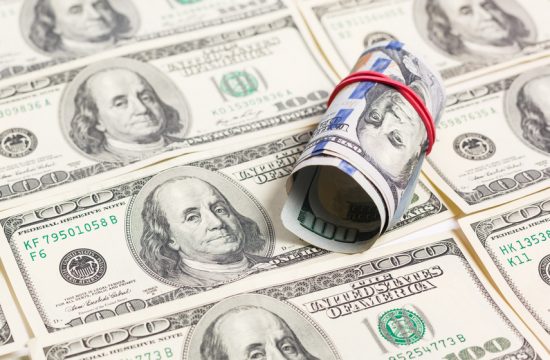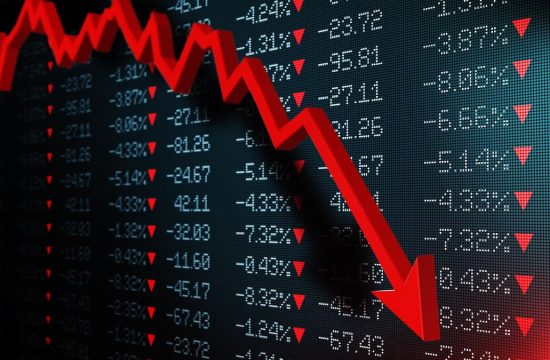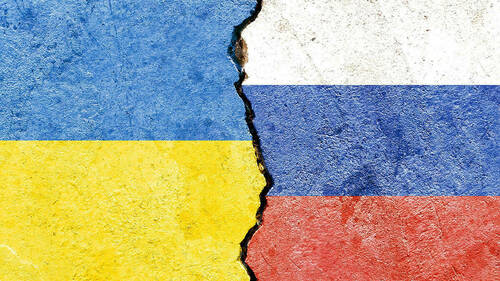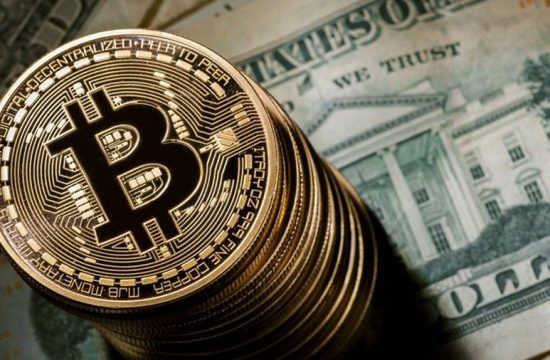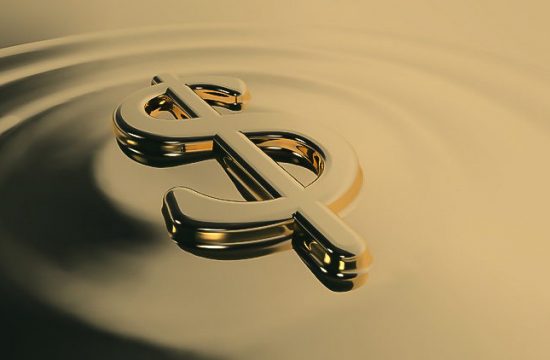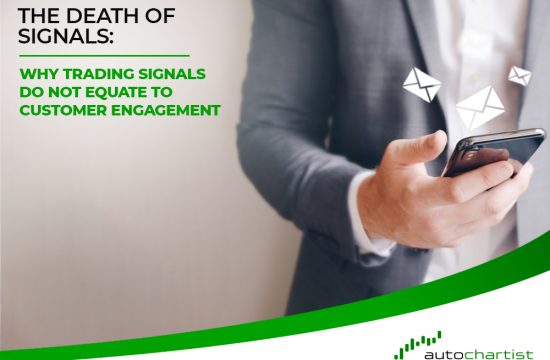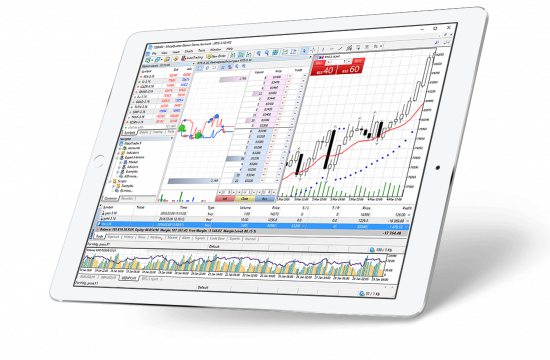by Giles Coghlan, Chief Currency Analyst, HYCM
It has been a tempestuous couple of weeks in global markets, with geopolitical tensions at extreme levels and a host of new uncertainties for market participants to contend with. A helpful way to conceptualise the scope of these new uncertainties is to consider the largest unknown that markets were wrestling with at the beginning of the year.
Beyond the pandemic, we started 2022 with a sense that the low-interest-rate environment we’d grown accustomed to for more than a decade was to come to an end. What that would mean for global markets was an open question, with some concern that tightening financial conditions into an economic slowdown could have dire consequences for financial markets.
The uncertainty since the Ukrainian crisis began is of an altogether different order. What we’re dealing with now are the first signs that a period of relative global stability going all the way back to the 1990s and the collapse of the Soviet Union is now being thrown into question. The consequences of this were it to be the case, are difficult to calculate and even harder to overestimate.
As far as direct market impacts are concerned, what we’re witnessing across the commodity complex is an inflationary shock as all certainties are re-evaluated. Elevated oil and gas prices due to the conflict look to continue to filter down to the global consumer in the form of elevated prices at the petrol pump, as well as higher heating and electricity bills.
We can also expect continued food inflation seeing as the world’s largest wheat exporter (barring the European Union) has engaged in an armed conflict with the world’s third-largest. Russia also happens to be the world’s largest exporter of fertiliser, which throws future global crop yields into question if the conflict proves to be drawn out and economic sanctions take an ever more punitive turn.
The supply shock resulting from this conflict is also difficult to quantify as supply chains have yet to fully recover since the pandemic and will continue to exhibit strain as different countries weigh their allegiances against their immediate economic concerns.
This sudden ramp-up in uncertainty finds the UAE in a relatively strong position. Regionally, it is emerging as an economic powerhouse, as evidenced by its growing non-oil trade surplus with its GCC partners. In the first nine months of 2021, this surplus widened by over 350%, with 54.2% of the UAE’s non-oil exports to the GCC accounted for by Saudi Arabia. The items in question run from base metals, precious metals, and chemicals, to food, beverages, and tobacco.
Globally, the UAE has been maintaining trade surpluses for over two decades while diversifying its economy. Neither the GFC nor the pandemic has prevented it from continuing to do so. The difference between its positions then compared to now, is that in March of 2020 when it joined Saudi Arabia in turning on the oil taps, crude was trading between $40-$20 per barrel. Today crude oil is trading close to 500% above those levels.
Though current sanctions against Russia have been crafted in such a way as not to directly affect the country’s oil exports, Russian oil is currently not finding its way to global markets for a host of other reasons. OPEC+ just agreed to continue its planned 400,000 bpd output rise throughout April, despite calls that it takes action to stabilise prices. The bottom line is that the UAE stands to benefit whether it decides to increase output or not.
Not only does the UAE have the capacity to meaningfully increase production if need be (something, not all OPEC+ members can claim), but investment in the Fujairah oil terminal and the recently established Abu Dhabi-based ICE Futures see the UAE establishing Murban crude as an important global benchmark at a time when it may be needed most.
If what we are seeing truly is a fracturing of a global order going back some thirty years, it forces the UAE to navigate a shifting array of allegiances. The hard-fought production agreement with OPEC+ member, Russia, and the calls from the international community that OPEC steps up production to make up for the Russian shortfall, are both examples of this. We’ve already seen friction between the UAE and Saudi Arabia as it pursues its own economic interests. Most notably in disagreements over oil quotas and its withdrawal from the GCC single currency project.
More recently we’ve seen pressure increasing for the Gulf States to openly come out in condemnation of Russia. The UAE has been open about its foreign policy diversification but now finds its allegiances very much divided. How it navigates these tensions in a rapidly changing geopolitical situation will be important to the country moving forward.
Commodities, as well as other asset classes, such as stocks, indices, forex, and more, are available for trading at HYCM.
About: HYCM is the global brand name of HYCM Capital Markets (UK) Limited, HYCM (Europe) Ltd, HYCM Capital Markets (DIFC) Ltd and HYCM Limited, all individual entities under HYCM Capital Markets Group, a global corporation founded in 1977, operating in Asia, Europe, and the Middle East.
High-Risk Investment Warning: Contracts for Difference (‘CFDs’) are complex financial products that are traded on margin. Trading CFDs carries a high degree of risk. It is possible to lose all your capital. These products may not be suitable for everyone and you should ensure that you understand the risks involved. Seek independent expert advice if necessary and speculate only with funds that you can afford to lose. Please think carefully whether such trading suits you, taking into consideration all the relevant circumstances as well as your personal resources. We do not recommend clients posting their entire account balance to meet margin requirements. Clients can minimise their level of exposure by requesting a change in leverage limit. For more information please refer to HYCM’s Risk Disclosure.



